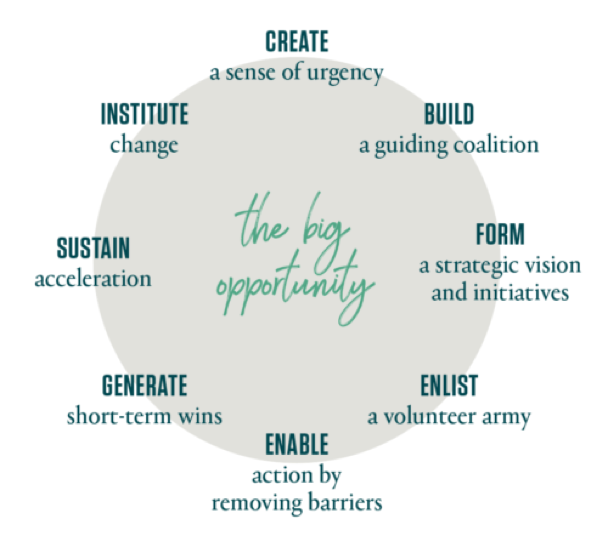Employee Buy In vs Bulldozing
“In its most basic sense, leadership is about mobilizing a group of people to jump into a better future.” – John P. Kotter, author and Konosuke Matsushita, Professor of Leadership, Emeritus, Harvard Business School
A CEO and I recently talked about how challenging it is, sometimes, to get people to buy in to change or a new idea.
As he described how hard he needed to work, I had a visual in my head of a group of people who couldn’t see the value in new ideas, and the leader firing up a bulldozer to push them out of the way to get to the goal.
As we talked about this metaphor, he said, “Yeah, that’s exactly what it feels like!”
Now, one way to do it is a bulldozer. You don’t have to be smart or sophisticated, it doesn’t take a lot of have leadership skill, and if you have fearful, compliant people, it can work really well.
But if you build team of strong, intelligent people you can only use a bulldozer so many times before they get frustrated and quit – or frustrated but disengaged and stay.
The art of getting employee buy in – a lot harder.
We see, we feel, we change
One of my favourite books is about getting buy-in is Our Iceberg is Melting, Changing and Succeeding Under Any Conditions by John Kotter and Holger Rathgeber – about what it truly takes to create successful change. He has a saying:
“We see, we feel, we change.”
The root of the learning behind Kotter’s work is that people need to see a need to change (which is logic) and to feel a need to change (which is emotion), and the degree to which we see it and feel it equals the likelihood that change can occur.
For example, if we see a need to change at a .50 level, and feel it at .50 level, we have a 25% chance of achieving change.
But if we see at a .90 level and feel at a .90 level – we have an 81% chance of succeeding.
In his book, Kotter has an amazing 8-Step Process for Leading Change:

“Good communication is not just data transfer. You need to show people something that addresses their anxieties, that accepts their anger, that is credible in a very gut-level sense, and that evokes faith in the vision.” John P. Kotter, author and Konosuke Matsushita, Professor of Leadership, Emeritus, Harvard Business School
I’ve observed, in many companies, that we forget about this thing called emotion – humans are emotional beings – and then wonder why, when we use a logical approach to an emotional situation, it doesn’t work!
We blame people for not buying in, fire up the bulldozer and overpower them. We make them feel undervalued, or under-intelligent and make them strive to find everything that’s wrong with what we are trying to implement.
As leaders, our job is to understand their concerns, anxieties and legitimate issues and then incorporate them in our solutions.
With employee buy-in, we can then step ahead together to implement a great change.
If you are using a bulldozer, you need to learn how to get buy in. It’s truly a skill most leaders don’t learn on their own because they forget the emotional aspect of leadership.
The Challenge
- How good are you at truly getting mental and emotional employee buy-in on big changes?
- How can you address people’s fears and concerns about something you’re trying to get buy-in on right now?